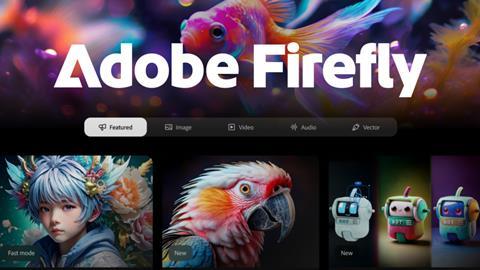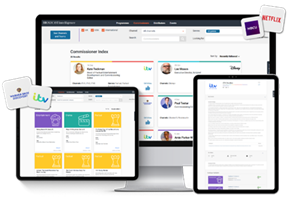Sponsored: Adobe is working on initiatives to make sure AI will assist creatives, not replace them

The next form of AI in the media industry is set to be agentic, and Adobe is working to ensure that it will benefit the industry rather than take away.
Agentic AI refers to programs that can independently make decisions and take actions without a human’s involvement, and Adobe is keen that this is utilised by creatives so that they can concentrate on the likes of creativity, analysis and collaboration, Adobe’s senior product marketing manager for video, Jason Druss, told Broadcast Tech.
These tools are already being worked on for video tools such as Premiere Pro, taking advantage of its recently launched Media Intelligence tool. Media Intelligence uses AI to tag content with information on objects, locations, people, camera angles, metadata such as shoot date or camera type, and more, and make it searchable through natural language.
Using this data, Adobe is building AI agents to take on more time consuming and less creative tasks such as an early rough cut. This can help editors to get started by sifting through footage to find the best shots and combine them into a story, allowing them to concentrate on the final cut.
Similar agents could also assist with colour grading and mixing audio, and combined these will allow editors to quickly ideate and explore different options – resulting in a better end product.
While Adobe is keen to build on the promise of AI, it is also aware of the dangers of the technology. Making sure that editors and other creatives receive credit for their work will be vital, and the company is aiming to help the industry in this regard through the launch of its free Content Authenticity web app.
Available completely free of charge and interoperable with any type of content, using Adobe formats or others, Content Authenticity allows creators to add a digital signature to their work, crediting those who made it. This is combined with a watermark that is able to stay on the content even if it is photographed or a screenshot is taken, and it is visible if it has been tampered with.
As well as giving credit, the Content Authenticity tags can ask for work to be excluded from training AI models – a note that all Adobe AI products will follow. It can also be combined with LinkediIn, allowing creators to add their profile to the tag. A Google Chrome plugin allows anyone to see this information merely by hovering their cursor over content.
This all forms part of Adobe’s creator-friendly approach to AI in its products and the wider ecosystem. Druss said at NAB 2025 that he is, “very excited,” by the possibilities, with the chance for the industry to accelerate its content creation while staying true to its roots.





























No comments yet